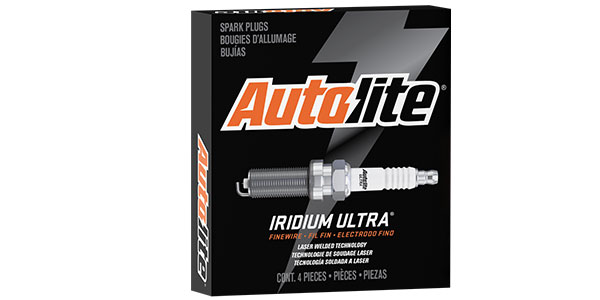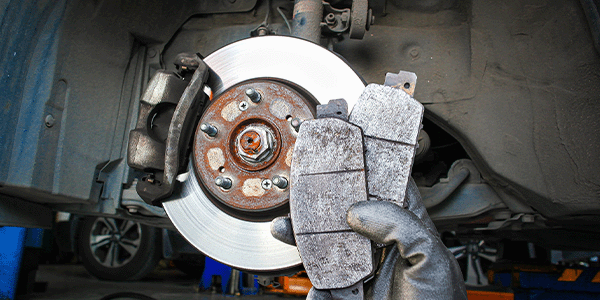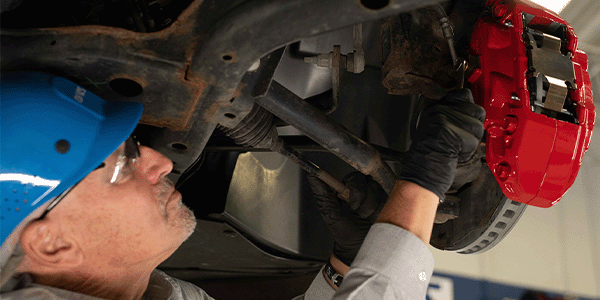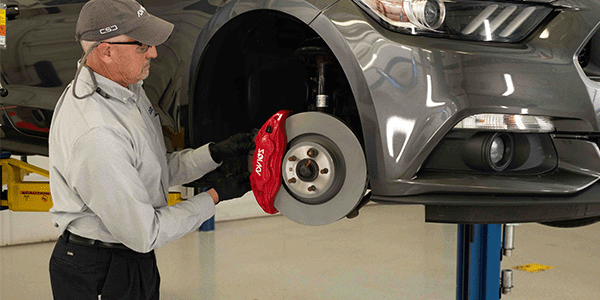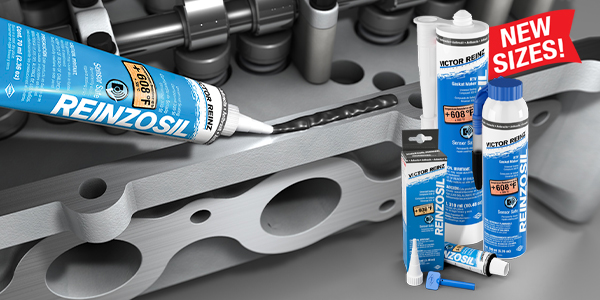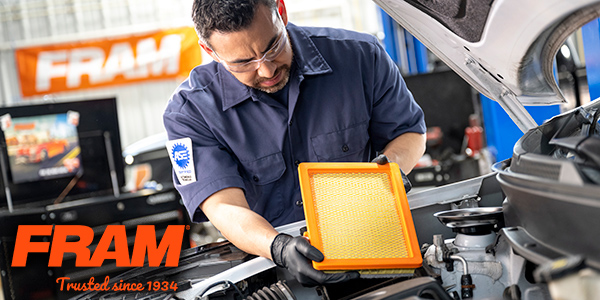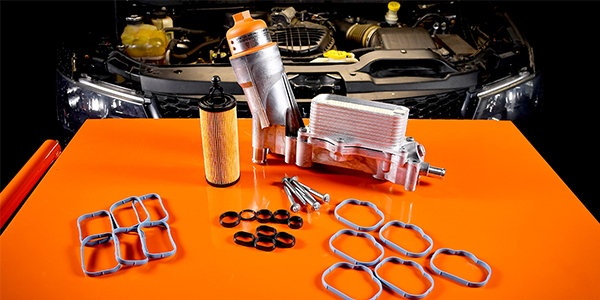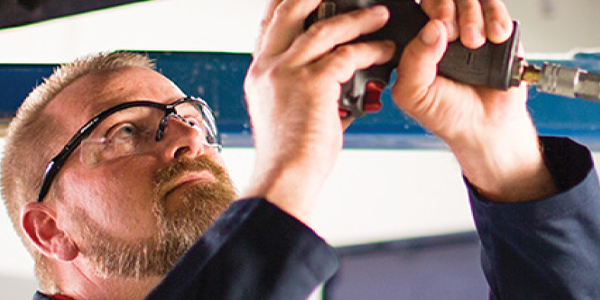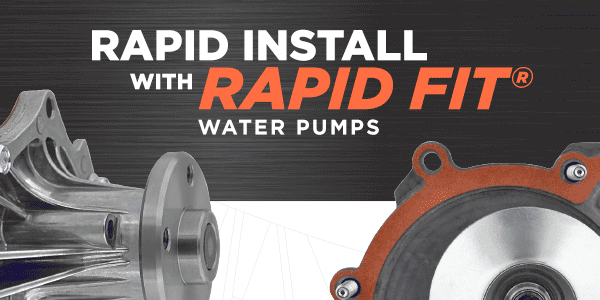How much easier and simpler would life be if every problem had a one-size-fits-all solution? Unfortunately, that will never be the case since almost every conundrum must be mitigated via a solution that involves the precise implementation of a diverse set of actions that have to link seamlessly in order to optimize or improve the whole.
Take vehicle engines, for instance. In the beginning, there was one type, which made them easy to maintain, service and repair. Over the ensuing decades, however, the number of engines that became available to the market expanded greatly, with a number of notable enhancements relating to size, construction, capacity, horsepower, method of operation, etc.
This growing roster of engine sizes and styles has forced the makers of the components that outfit them – spark plugs, valves, seals, gaskets, among many others – to keep pace in the design and capabilities of their products. Specifically, the manufacturers of spark plugs must now create products that are capable of operating in today’s increasingly popular – some would say “oxymoronic” – smaller engines that are capable of producing more power per liter through higher compression rates and power adders like turbocharging and direct fuel injection.
So, that creates a quandary for the driver: how to know the proper service interval in miles driven for the vehicle’s spark plugs. A look at four distinct automobile models will help illustrate that “one size fits all” will never be an option when identifying the proper service interval for the vehicle’s spark plugs, noting that the more technologically advanced the engine, the harder its operation is on the spark plugs:
● 2014 Dodge Dart, 1.4L turbocharged engine: Turbocharged engines are smaller, but possess the ability to create more power per liter, so they need tough spark plugs that can handle the more stringent operating conditions featuring more stress and compression. These plugs, no matter their capabilities, will still be need to be replaced more frequently, with a recommended service interval of 30,000 miles.
● 2012 BMW X-5, 3L straight-six engine: This type of engine offers the driver relatively large fuel displacement with low compression rates, meaning the spark plugs will not be as taxed as one in a turbocharged engine. This allows the service interval to be 120,000 miles, which, in some instances, may be the entire life of the vehicle.
● 1985 Buick Riviera, 3.8L engine: Older engines can have compression ratios of 8.5:1, which puts less stress on it and its components. That makes a 50,000-mile spark plug service interval the proper choice for this vehicle.
● 2018 Audi A6 Quattro, 2L direct-injected turbocharged engine: This has become a very popular engine design among manufacturers and drivers, with approximately 50% of all vehicles on the road now powered by direct injection. Direct injection differs from traditional manifold fuel-injection systems in that the fuel is injected directly into the combustion chamber. While this increases engine efficiency with a reduction in emissions, it results in a very high-stress engine with spark plugs that will need to be serviced after 40,000 miles of use.
Autolite is able to ease the guesswork involved in determining spark plug service intervals through its Autolite® Iridium Ultra® Spark Plugs. Iridium spark plugs, which feature the industry’s most advanced metallurgy, have been proven to deliver better performance and optimized service life when used in today’s smaller, hotter and more stressful high-performance engines. When you use Iridium Ultra plugs, you are taking advantage of laser-welded technology that provides optimum performance, ignitability, fuel efficiency – and service life. Explore all of the benefits of Iridium Ultra spark plugs at autolite.com.

